An Orthodox jewel in Caracas / Una joya ortodoxa en Caracas / Ein orthodoxes Juwel in Caracas
A few weeks ago I published a post about the Serbian Orthodox Church of Caracas, which aroused the interest of several people, including @teofilex, who is Serbian. He was surprised to know there were churches of this type in Caracas. I told him then about a jewel we have in this city and we agreed that I should make a post on this subject:
Church of St. Constantine and Helena, or Romanian Orthodox Church of Caracas.
Versión en español más abajo
Deutsch Version weiter unten
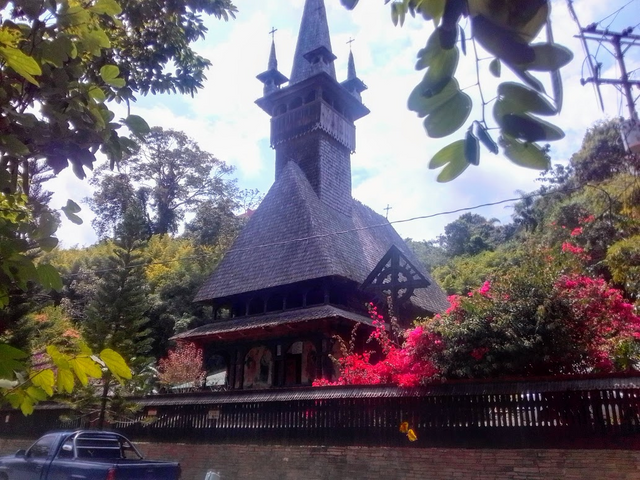
This is a Church built solely with oak and spruce wood, without the use of nails or metal elements, since these could represent the nails with which Christ was nailed. No glue of any kind was used in the construction, following the technique traditionally used by the Maramures (region north of Romania).
By the end of the 20th century there was a large population of Romanian emigrants in Caracas, among them Cornelio Popescu, who was a political activist and who was one of those who gave impetus to this project, along with Monsignor Costica Popa, founding pastor of this parish and the support from different municipalities, the Romanian government and private entities of both countries.

For the construction of the Church came a team of artisans from the Transylvania region, who would give the structure Gothic character and who would decorate, the neo-Byzantine style, the interior of it.
It is noteworthy that Churches with these characteristics only exist 15 in the world, of which 13 are in Romania, one in Chicago and this one from Caracas.
A true architectural, cultural and religious jewel!
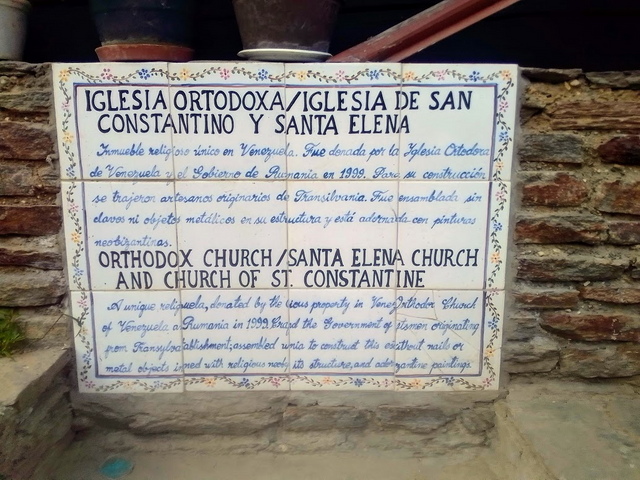

Español
Hace unas semanas publiqué un post sobre la Iglesia Ortodoxa Serbia de Caracas, la cual despertó el interés de varias personas, entre ellos de @teofilex, que es serbio. A él le llamo la atención que en Caracas hubieran iglesias de este tipo. Le conté entonces sobre una joya que tenemos en esta ciudad y quedamos de acuerdo en que debía hacer una publicación sobre este tema:
Iglesia de San Constantino y Santa Elena, o Iglesia Ortodoxa Rumana de Caracas.
Esta es una Iglesia construida únicamente con madera de roble y abeto, sin el uso de clavos ni elementos metálicos, ya que éstos pudieran representar los clavos con los que clavaron a Cristo. En la construcción tampoco se utiló pegamento de ningún tipo, siguiendo la técnica usada tradicionalmente por los Maramures (región al norte de Rumania).

La misma se encuentra ubicada en La Lagunita, en el municipio El Hatillo de Caracas, una zona de alta humedad, lo cual con el tiempo se ha convertido en un problema para la estructura.
Para finales del siglo XX había en Caracas una grn población de rumanos emigrantes, entre ellos Cornelio Popescu, quien era activista político y que fue uno de los que le dieron impulso a este proyecto, junto a Monseñor Costica Popa, párroco fundador de esta parroquiay el apoyo de distintas alcaldías, el gobierno rumano y entidades privadas de ambos países.
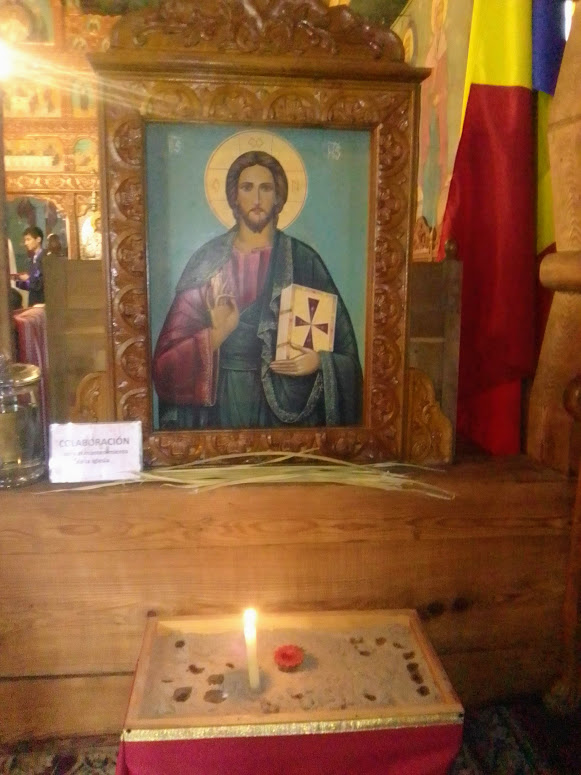
Para la construcción de la Iglesia vino un equipo de artesanos de la región de Transilvania, quienes le darían el carácter gótico a la estructura y quienes adornaría, el estilo neobizantino, el interior de la misma.
Es de destacar que Iglesias con estas características solo existen 15 en el mundo, de las cuales 13 están en Rumania, una en Chicago (EEUU) y esta de Caracas. ¡Una verdadera joya arquitectónica, cultural y religiosa!
Enlace a la Wikipedia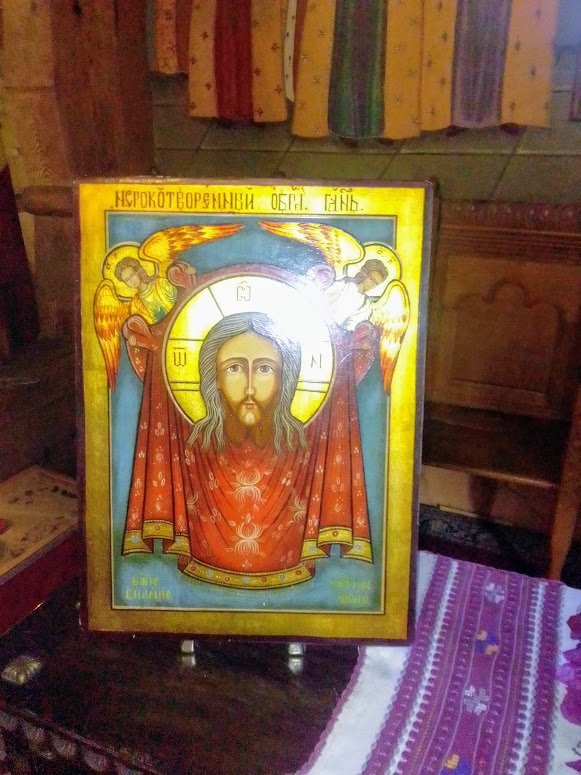
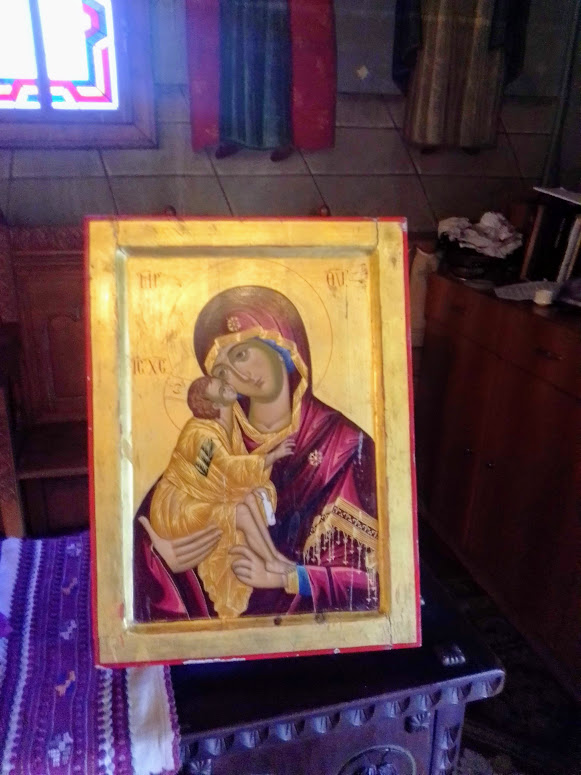

Deutsch
Vor einigen Wochen habe ich einen Beitrag über die Serbisch-orthodoxe Kirche von Caracas veröffentlicht, der das Interesse mehrerer Personen geweckt hat, darunter @teofilex, der Serbe ist. Er war überrascht zu wissen, dass es in Caracas Kirchen dieser Art gab. Ich erzählte ihm dann von einem Juwel, das wir in dieser Stadt haben, und wir waren uns einig, dass ich einen Beitrag zu diesem Thema verfassen sollte:
Kirche St. Konstantin und Helena oder rumänisch-orthodoxe Kirche von Caracas.
Dies ist eine Kirche, die ausschließlich aus Eichen- und Fichtenholz ohne Verwendung von Nägeln oder Metallelementen gebaut wurde, da diese die Nägel darstellen könnten, die mit denen Christus genagelt wurde. Nach der traditionellen Technik von den Maramures (Region nördlich von Rumänien) wurde bei der Konstruktion keinerlei Klebstoff verwendet.
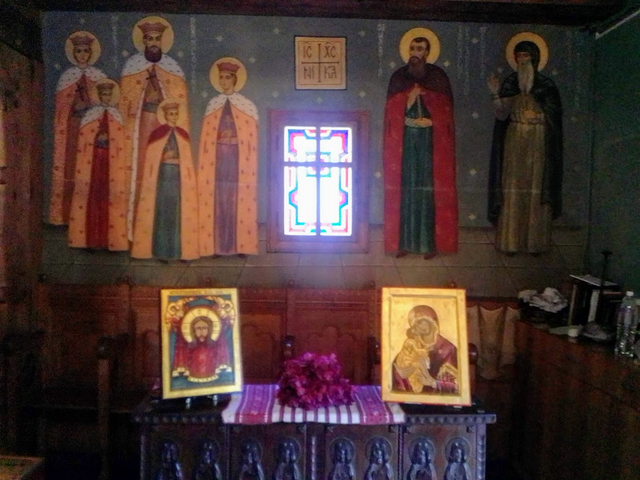
Ende des 20. Jahrhunderts gab es in Caracas eine große Anzahl rumänischer Auswanderer, darunter Cornelio Popescu, ein politischer Aktivist, der zusammen mit Monsignore Costica Popa, Gründungspastor von, eines dieser Impulse für dieses Projekt gab diese Gemeinde und die Unterstützung von verschiedenen Gemeinden, der rumänischen Regierung und privaten Einrichtungen beider Länder.
Für den Bau der Kirche kam ein Team von Handwerkern aus der Region Siebenbürgen, die der Struktur gotischen Charakter verliehen und den neo-byzantinischen Stil der Innere der Kirche dekorieren würden.
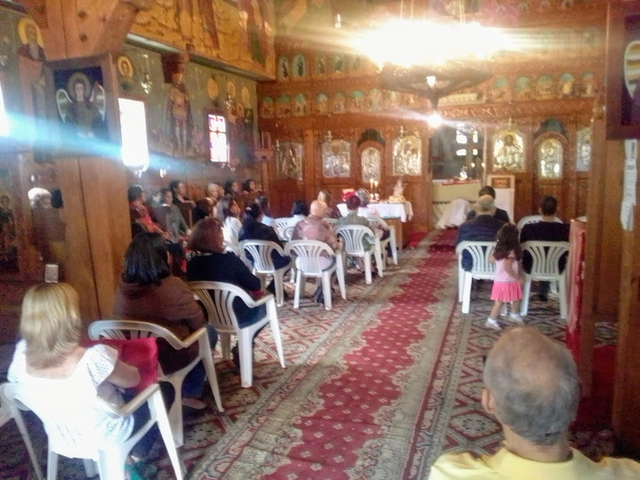
Es ist bemerkenswert, dass es auf der Welt nur 15 Kirchen mit diesen Merkmalen gibt, davon 13 in Rumänien, eine in Chicago und die von Caracas.
Ein wahres architektonisches, kulturelles und religiöses Juwel!
Link zur Wikipedia (auf Englisch)
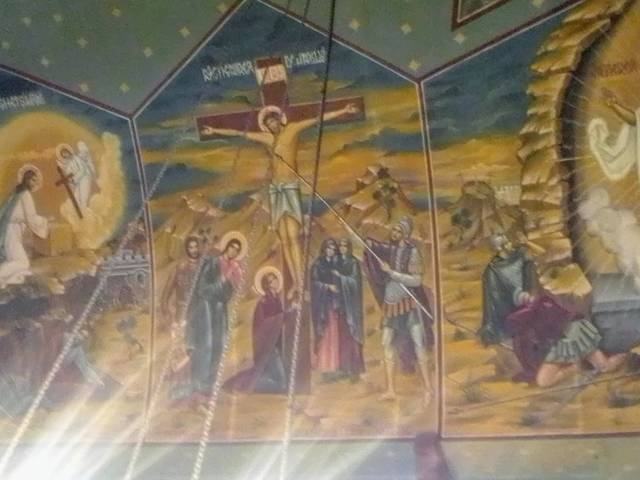
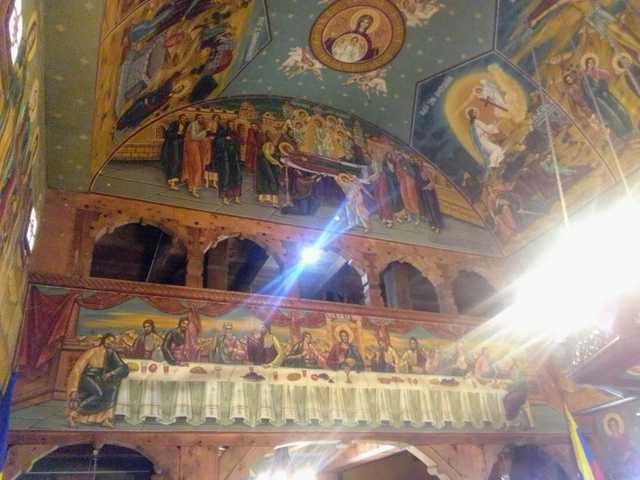
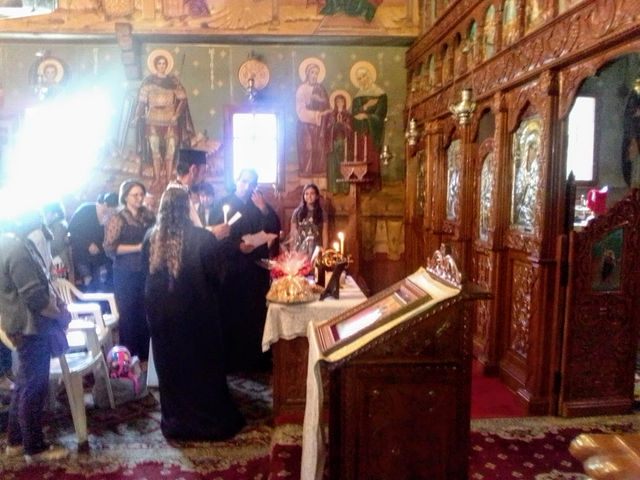
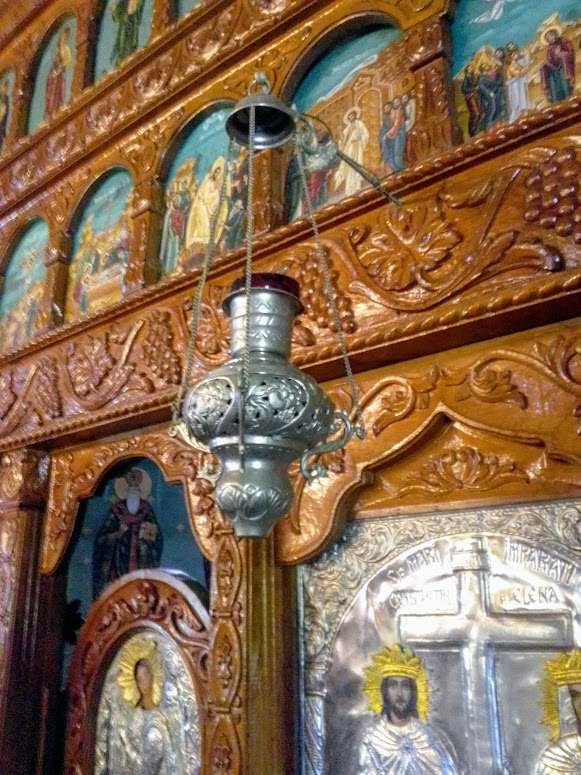
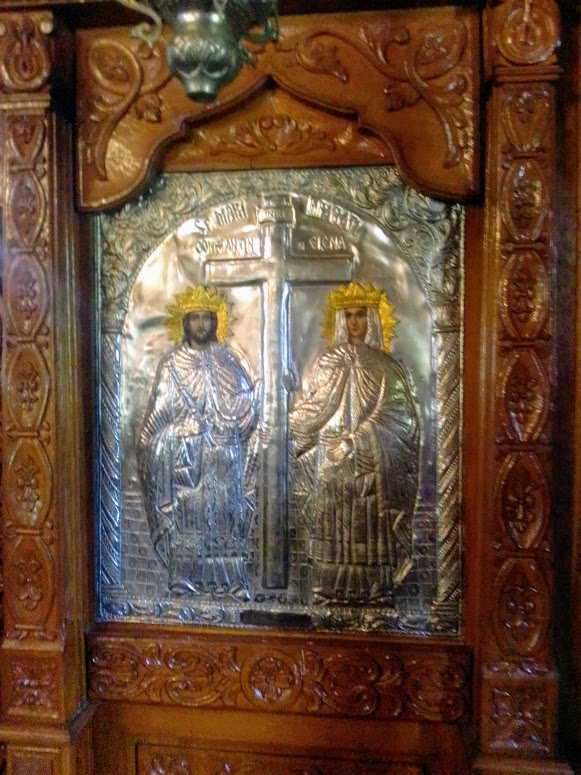
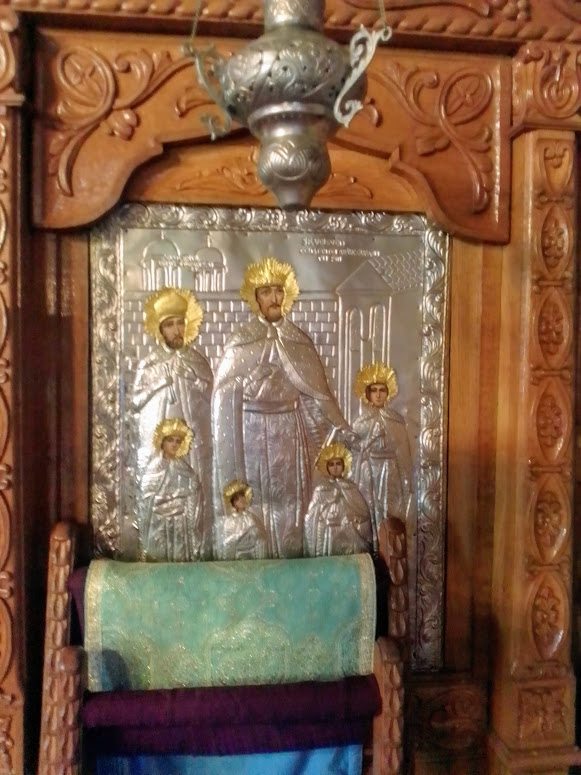
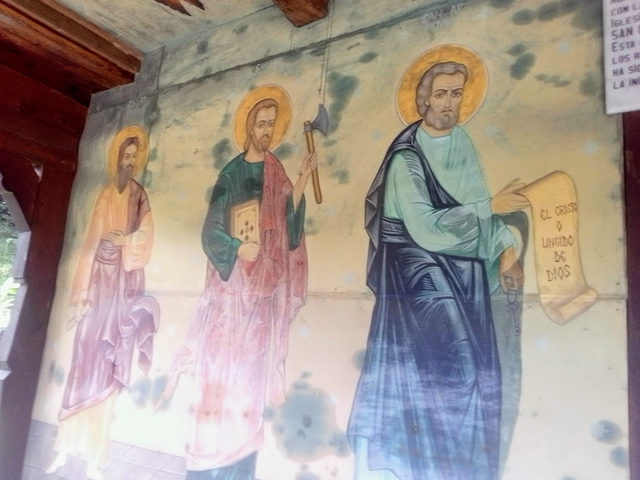
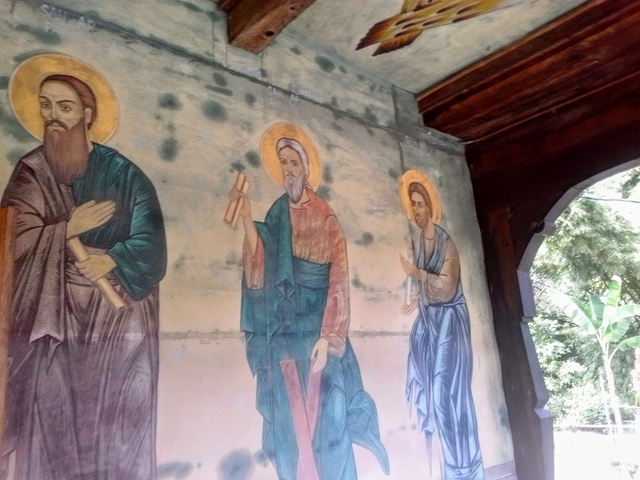
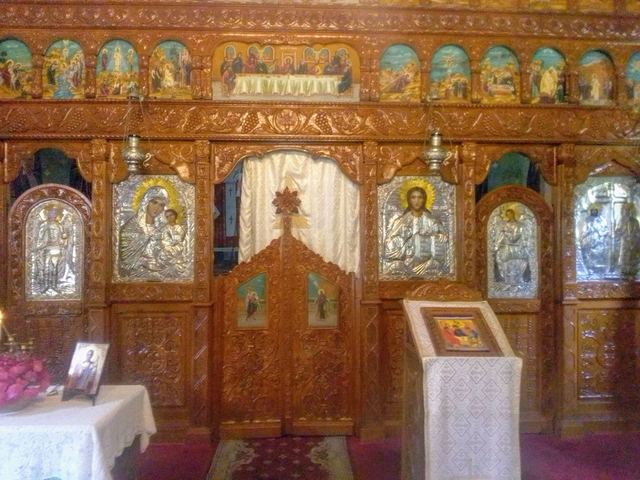
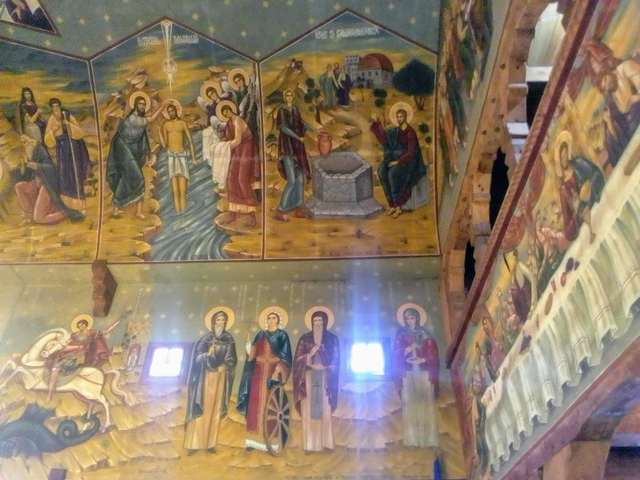
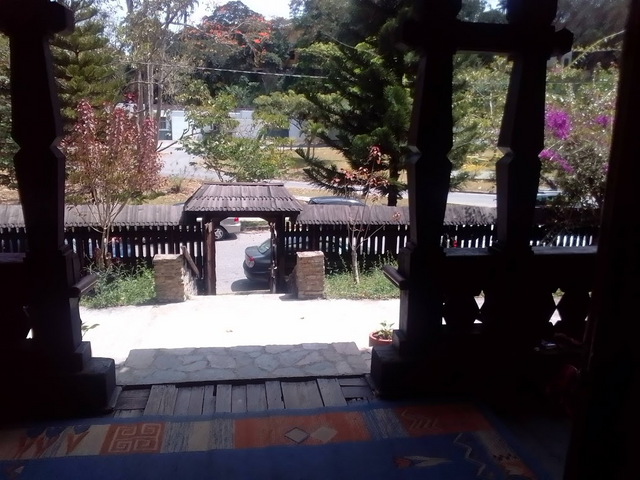

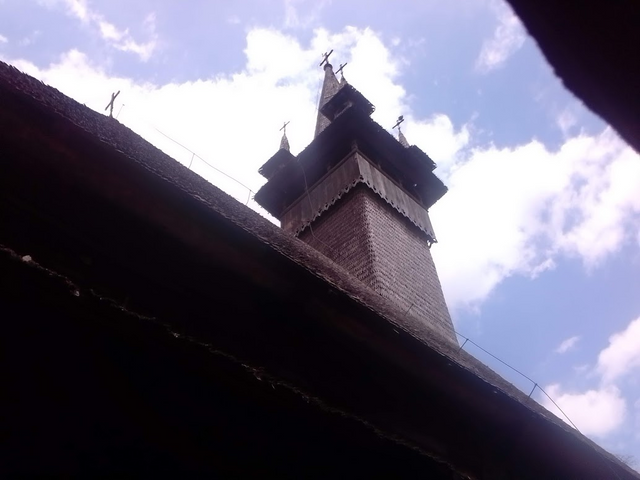
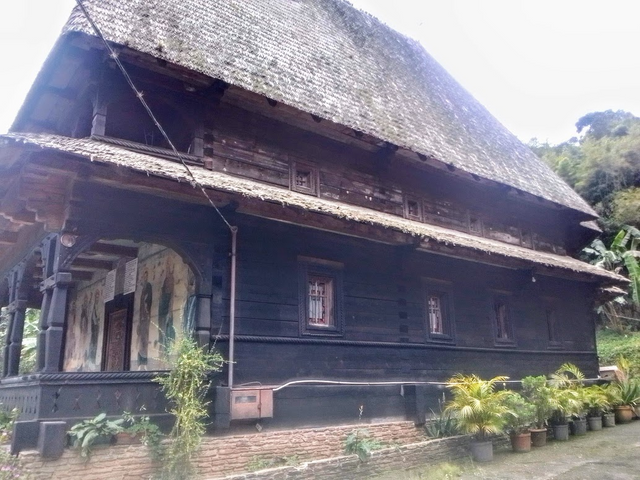

The photos were taken with the camera of my Blu G5 cell phone
Fotos tomadas con la cámara de mi celular Blu G5
Die Fotos wurden mit der Kamera meines Blu G5-Handys aufgenommen


@ylich
http://ylich.com
https://sptfy.com/ylich
Posted from my blog with SteemPress : http://ylich.com/blog/an-orthodox-jewel-in-caracas-una-joya-ortodoxa-en-caracas-ein-orthodoxes-juwel-in-caracas/
Que buen tour, gracias
@tipu curate 3
Upvoted 👌 (Mana: 0/15 - need recharge?)
¡Muchas gracias a ti, por leer, por tu comentario y apoyo!
Du hast ein Upvote von mir bekommen, diese soll die Deutsche Community unterstützen. Wenn du mich unterstützten möchtest, dann sende mir eine Delegation. Egal wie klein die Unterstützung ist, Du hilfst damit der Community. DANKE!
Vielen Dank!
I have picked your post for my daily voting initiative! Keep it up and Steem on!
Thank you very much! :-D
Just seeing this now. Thank you @ylich for this post, I'm glad you fulfilled your promise. :) It was interesting to read about the construction of the church and history around it.
Once offered it became a commitment ... and I couldn't go back on my word.
It was also a pleasure, because the place is really beautiful and the two Orthodox Masses I took part have been very pleasant and I really liked the attitude of the people and the priests. It was worth it!
I'm glad you liked it :-D